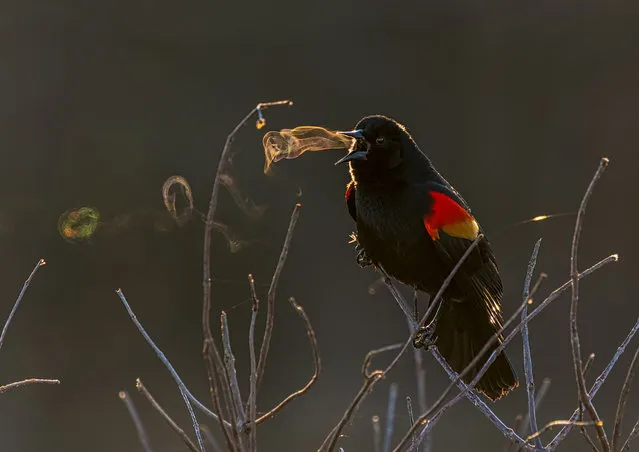
The National Audubon Society is an American non-profit environmental organisation dedicated to conservation. It protects birds and their habitats throughout the Americas using science, advocacy, education and on-the-ground conservation. Every year, Audubon promotes a bird photography contest, with cash prizes up to $5,000 and a bird photography camp for young winners. Here: Kathrin Swoboda, grand prize winner. Huntley Meadows Park, Alexandria, Virginia, US. Red-winged blackbirds are among the most abundant and conspicuous birds in north America. From early spring, males perch above marshes, pond edges, damp fields and roadside ditches, flaring their red shoulder patches and belting out arresting songs to announce their claims to breeding territories. (Photo by Kathrin Swoboda/Audubon Photography Awards)
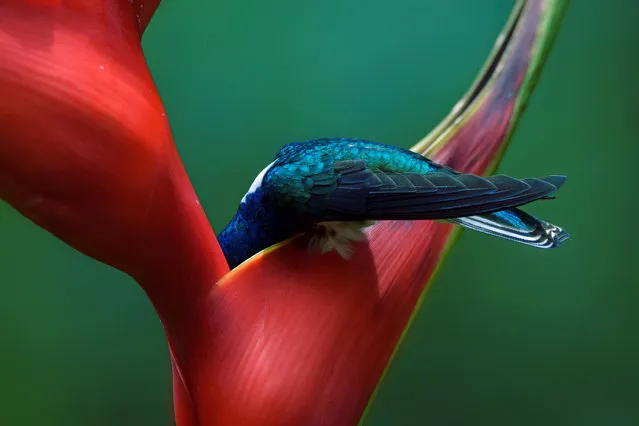
Mariam Kamal, amateur winner. Dave & Dave’s nature park in Sarapiqui, Costa Rica. Of the 350-plus species of hummingbirds, most have small geographic ranges. Bucking the trend is the white-necked jacobin, common from southern Mexico to southern Brazil. It succeeds by being adaptable, occupying a wide variety of tropical forest and edge habitats. (Photo by Mariam Kamal/Audubon Photography Awards)
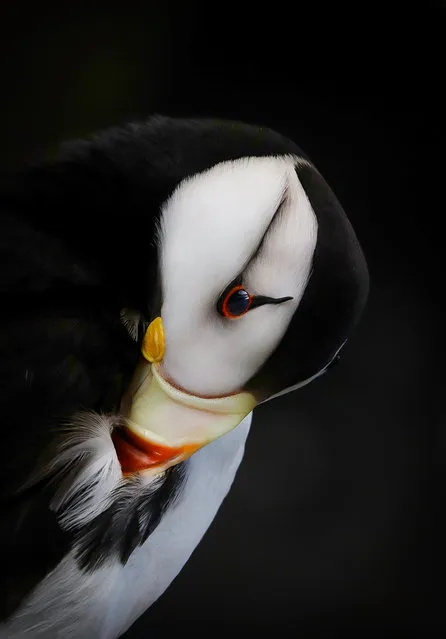
Sebastian Velasquez, youth winner. Seward, Alaska, US. Unlike the Atlantic and tufted puffins, which dig tunnels in soil for their nests, the horned puffin usually lays its single egg deep in a crevice among rocks. Such nest sites are harder to access for study, and the habits of this north Pacific species are not as well known as those of its relatives. (Photo by Sebastian Velasquez/Audubon Photography Awards)
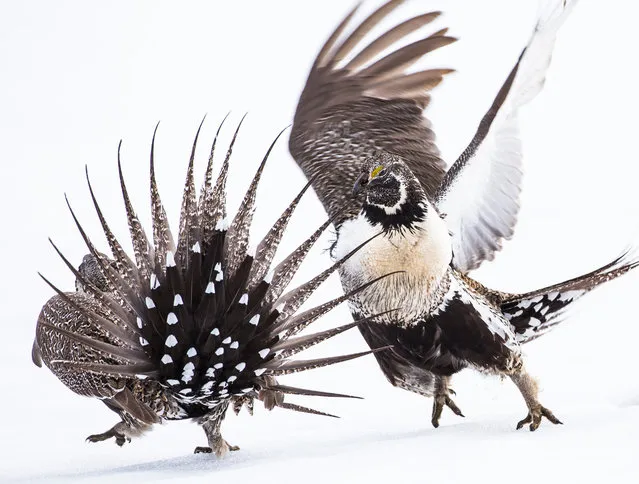
Elizabeth Boehm, professional winner. Pinedale, Wyoming, US. On a greater sage-grouse dancing ground, or lek, the stakes are high. Many males may display there, but most females that visit will mate with one of the few dominant males at the centre of the lek. As a result, genes passed on to the next generation will tend to be those of the strongest males. (Photo by Elizabeth Boehm/Audubon Photography Awards)
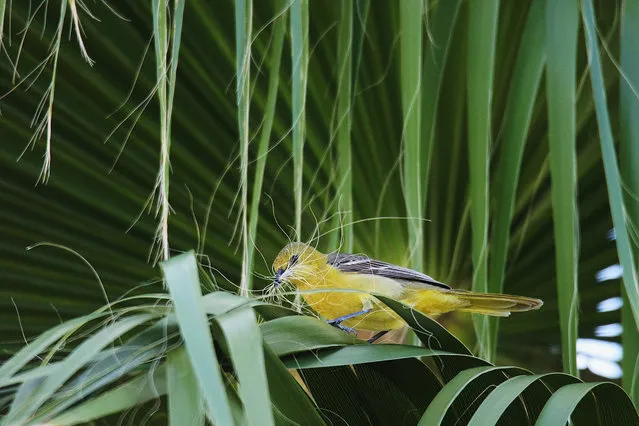
Michael Schulte, Plants for Birds winner. San Diego, California, US. Orioles build hanging nests, weaving plant fibres for a lightweight but durable structure. Living in subtropical climates, the hooded oriole finds the perfect building material in the long, strong fibres of palms. It often fastens its nest under a leaf of California fan palm. (Photo by Michael Schulte/Audubon Photography Awards)
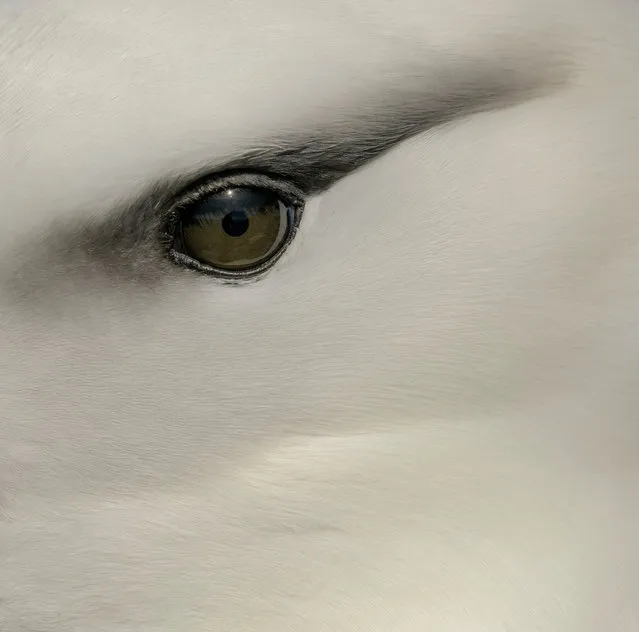
Ly Dang, Fisher prize winner. Saunders Island, Falkland Islands. Spending most of their lives at sea in southern oceans, black-browed albatrosses are masters of the air, soaring and gliding effortlessly on incredibly long wings. On the Falkland Islands they share nesting colonies with penguins – the opposite of albatrosses in flying ability, but birds also supremely adapted to a life at sea. (Photo by Ly Dang/Audubon Photography Awards)
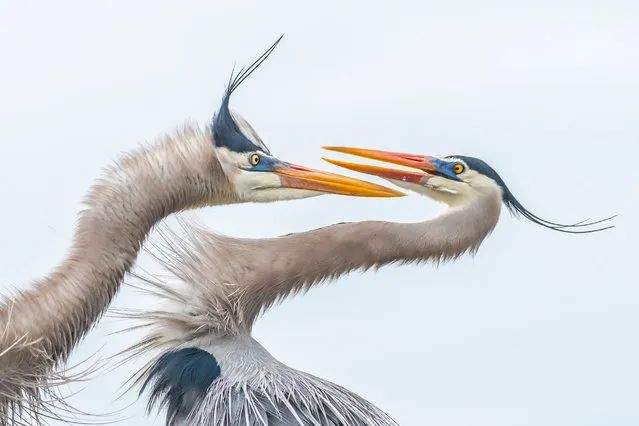
Melissa Rowell, amateur honourable mention. Wakodahatchee wetlands, Delray Beach, Florida, US. Equipped with sinewy necks and spear-like bills, great blue herons can lunge with fearsome speed to strike their aquatic prey. Adults will also employ rapid stabbing motions as one aspect of their complex courtship displays; they’re seemingly dangerous moves, but fitting to the intensity of mating season. (Photo by Melissa Rowell/Audubon Photography Awards)
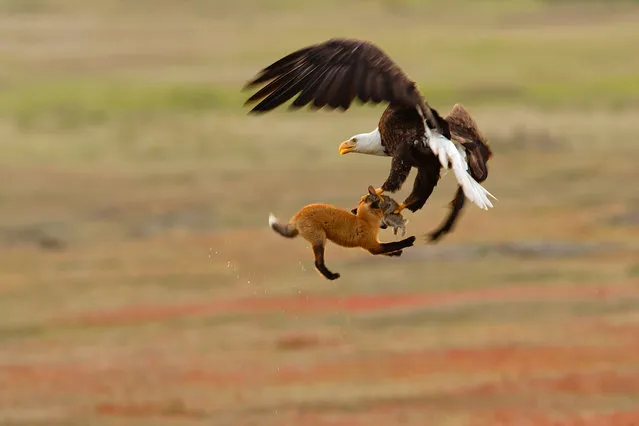
Kevin Ebi, professional honourable mention. San Juan Island national historical park, in Friday Harbor, Washington, US. Bald eagles eat pretty much anything they want to. Their penchant for dining on carrion may seem less than regal, but they are also powerful predators. They capture a wide variety of fish, mammals, and birds, and do not hesitate to steal others’ prey. (Photo by Kevin Ebi/Audubon Photography Awards)
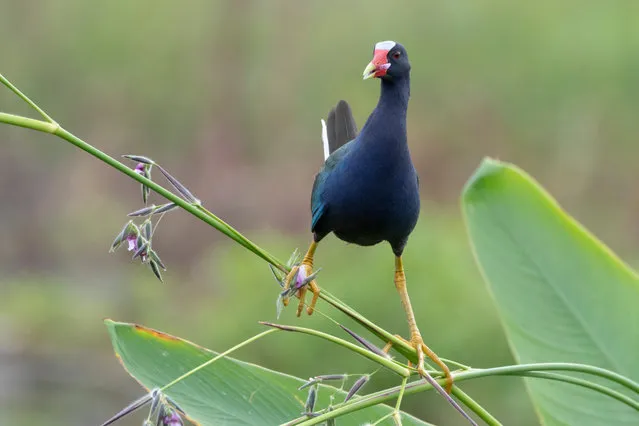
Joseph Przybyla, Plants for Birds honourable mention. Circle B Bar Reserve, Lakeland, Florida, US. The purple gallinule seems to combine the best traits of its rail relatives. Like true rails, it slips through dense marshes; like the coots, it swims and dives expertly on open water. When food beckons, it uses its garish yellow feet to clamber higher, even into trees. (Photo by Joseph Przybyla/Audubon Photography Awards)
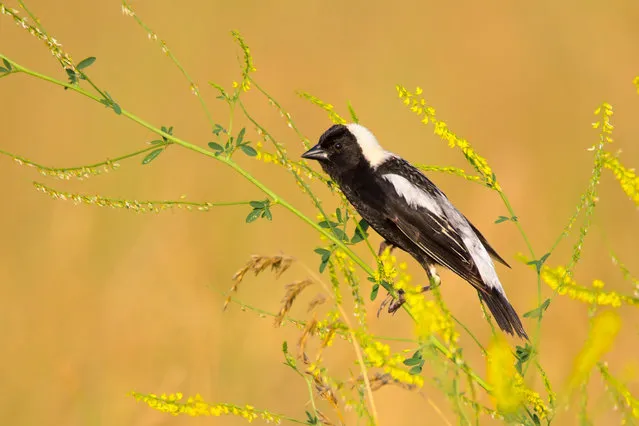
Garrett Sheets, youth honourable mention. Dunn Ranch Prairie, Lincoln Township, Missouri, US. Most songbirds nesting in grasslands of the US and Canada are short-distance migrants at most. The bobolink is a striking exception, leaving north America entirely in autumn and spending mid-winter south of the equator in south America. Bobolinks moult before migrating, the male trading his snappy summer plumage for subtle buff-brown tones. (Photo by Garrett Sheets/Audubon Photography Awards)
17 Jul 2019 00:03:00,
post received
0 comments
